Picture safety goggles where instead of glass, you slide an iPhone over your eyes. That was Apple's first idea for the Apple Vision Pro and it will not let it go.
After the launch of the Apple Vision Pro, Apple admitted almost conspiratorially that for years it had filed hundreds of headset patents in plain sight. But there's one it keeps coming back to, and it was originally about the earliest, while it now also looks like the cheapest.
All the way back in 2010, Apple applied for a patent called "Head-Mounted Display Apparatus for Retaining a Portable Electronic Device with Display." It was then granted the patent in 2015.
But it didn't stop then. In 2020, it filed a new application for a patent with the same name — and didn't stop there either.
For now a patent with the same name has newly been granted. And the text of it refers to being filed in 2023 as a continuation of one previously submitted in 2022.
Someone at Apple is really keen on this patent — and it's increasingly hard to fathom why. For each version of the patent is about exactly the same idea of mounting an iPhone in front of a user's eyes.
The various patents describe ways "that allow users to couple and decouple a portable electronic device" such as the iPhone illustrated in each filing. This "temporarily integrates the separate devices [the iPhone and headset mounting] into a single unit."
"The portable electronic may be physically coupled to the head- mounted device such that the portable electronic device can be worn on the user's head," continues the latest version. "Each device may be allowed to extend its features and/or services to the other device for the purpose of enhancing, increasing and/or eliminating redundant functions between the head-mounted device and the portable electronic device."
In other words, once you've popped the iPhone onto your nose, it should stop being a phone and start being a headset.
Regardless of how carefully-worded the various patents are, this still sounds like a View Master. It sounds like a toy.
But maybe it was always supposed to. The proposals about what a device could show might perhaps apply equally to today's Apple Vision Pro as to 2010's gimmick.
Certainly this is a stretch, but perhaps this was how Apple started hiding all of those Apple Vision Pro patents in plain sight.
Yet that wouldn't explain the rather dogged way that Apple has been applying for a patent on this — and twice succeeding.
 William Gallagher
William Gallagher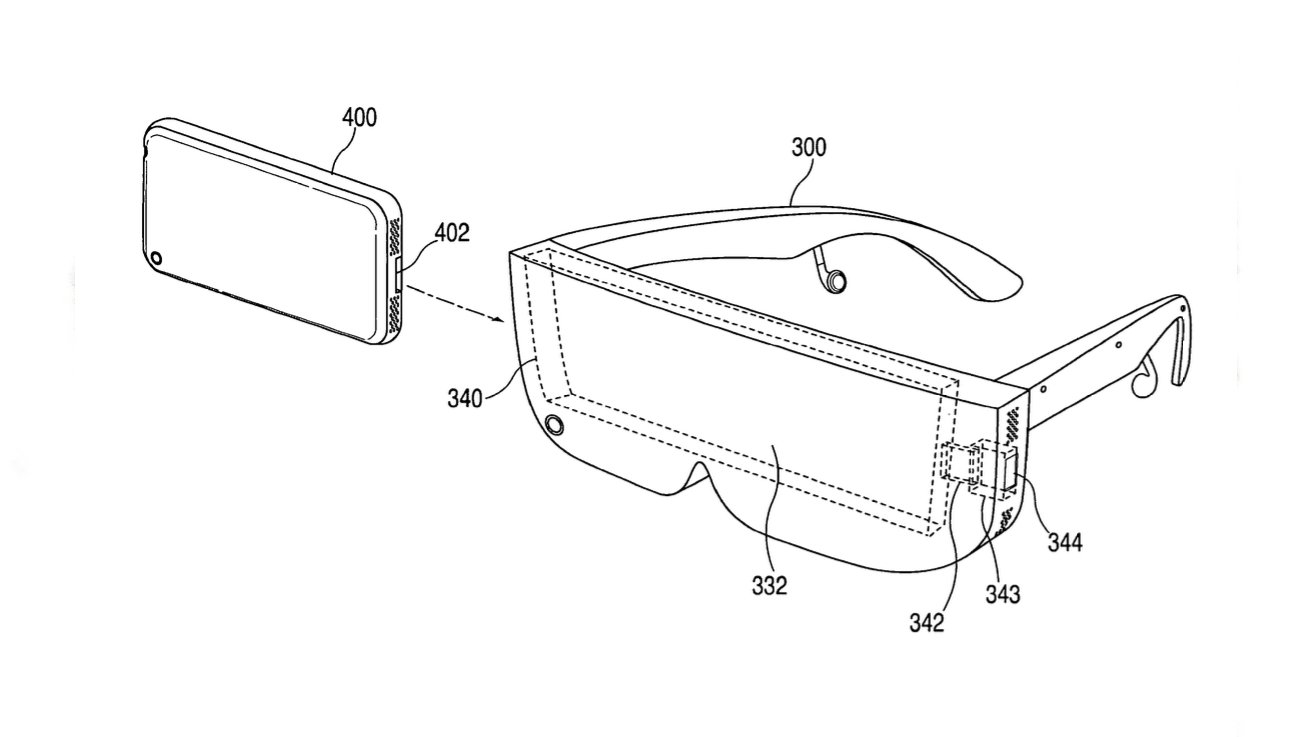
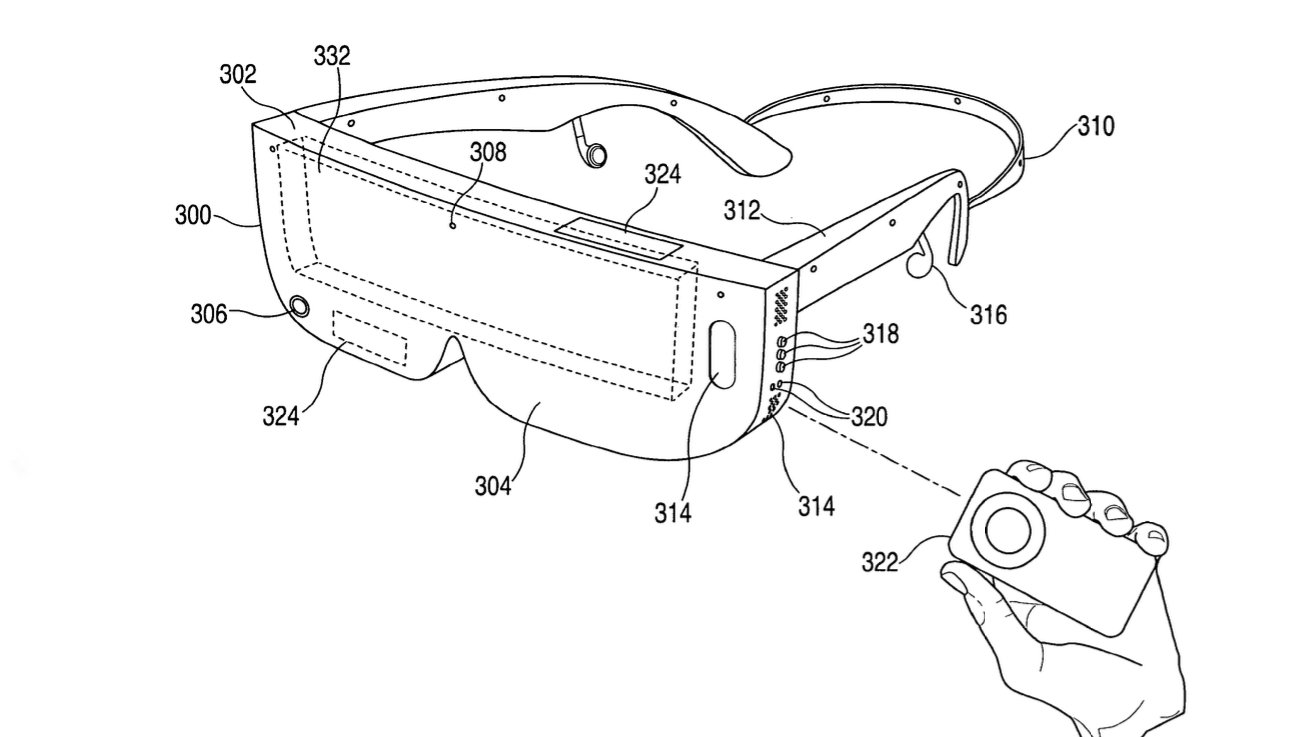


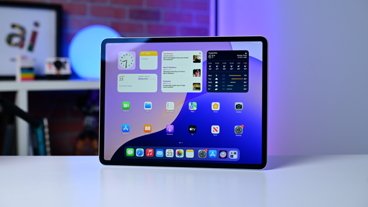
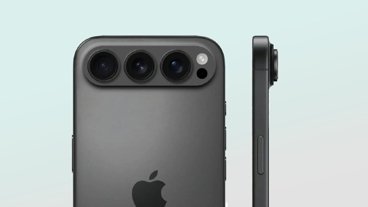
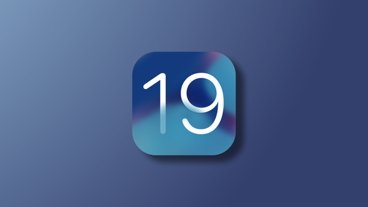
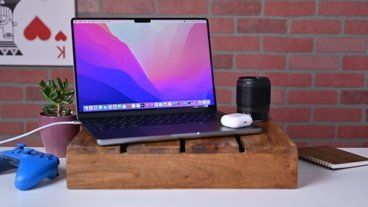

-m.jpg)





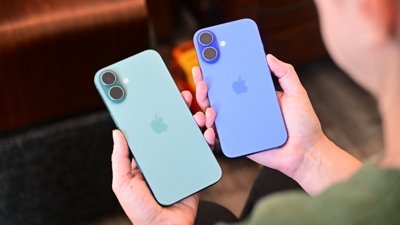
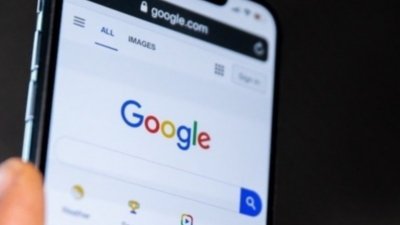
 Malcolm Owen
Malcolm Owen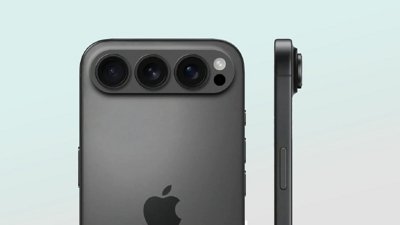
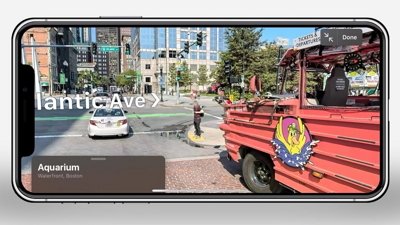
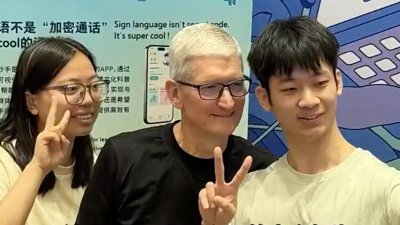
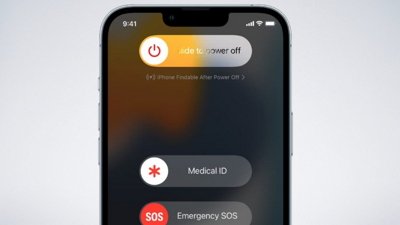
 Charles Martin
Charles Martin
 Wesley Hilliard
Wesley Hilliard
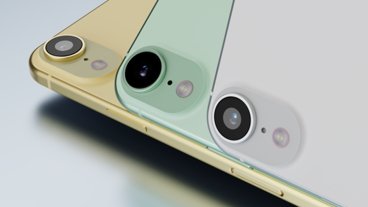
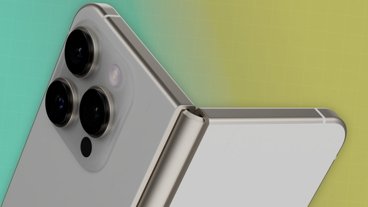
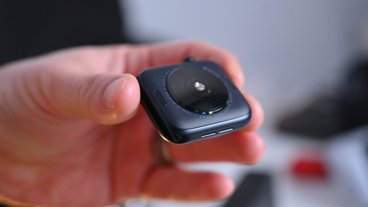

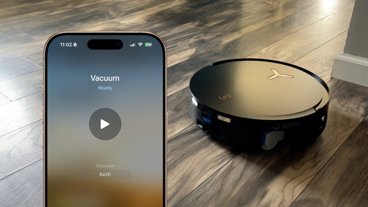
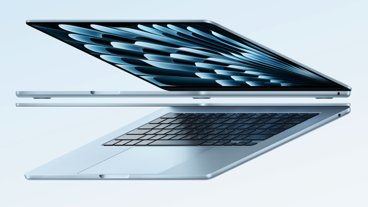
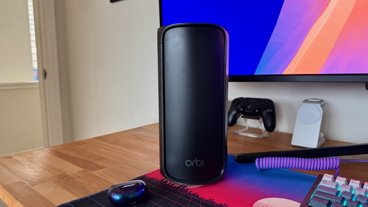
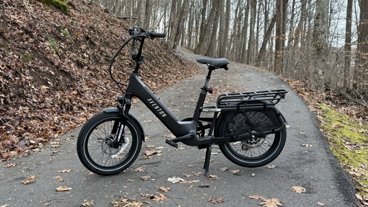

6 Comments
Price, practicality, and usefulness. NGL, I’m more interested in something like this than the AVP.
We have seen this before. The Google Cardboard-compatible Mattel View-Master VR Viewer in 2015:
https://www.pcmag.com/reviews/mattel-view-master-virtual-reality-viewer-starter-pack
But Apple's version will be $499 and weigh 2 kilograms. The optional headstrap will be $49. ;)
Of course, the View-Master unit had a number of shortcomings. The biggest was the fact that the it wasn't compatible with a wide variety of smartphone dimensions. The optics were fixed so were limited to a subset of viewers' eyes. There was no headstrap. Audio was terrible because it relied on the phone's built-in speakers.
Of course the View-Master headset lenses were crap but at $18 for the whole shebang, what can one expect? Also, it was just a mechanical smartphone holder, there were no electrical connections to the handset itself.
Some of these have been addressed by modern technologies (widespread adoption of wireless earbuds takes care of audio shortcomings).
But Apple should continue to file patents. Maybe something will work. As most of here know, most patents never see daylight as a shipping product/service.
Another problem with the View-Master was the lack of any input controls. It was a pretty passive experience.
Not sure if a sleeved iPhone would have the ability to translate hand gestures into input commands. They would have to include sensors into the headset which would increase cost, power usage, and complexity.
Such an Apple HMD would end up competing with way lighter devices. Weight and comfort are still the two of the biggest hurdles for any AR/VR hardware developer. And yes, I have used VR headsets from a variety of manufacturers going all the way back to the late Eighties (remember the Aladdin Magic Carpet ride at EPCOT Center at Disneyworld?). Some of these headsets were so heavy that they were supported by wired and hung from the ceiling to relieve pressure and neck strain.
As an owner of an Oculus Rift S HMD, AR/VR HMD headsets still have massive usability challenges. Strapping on a smartphone like ski goggles isn't a solution. Been there, done that.
I can pick up any VR HMD, give it a heft, and use the weight to judge whether or not if it's a credible product. And the older you get, the less tolerant you will get in dealing with heavy gear hanging off your head.
There are probably 15-20 major issues with current AR/VR HMD hardware offerings. It's not just price and weight.
A successful AR/VR headset will likely resemble a pair of eyeglasses in terms of weight, size, and comfort. We are still years away from technology that will support that level of user comfort. And it can't be $3000. No one is going to solve this overnight at a consumer price point.
The